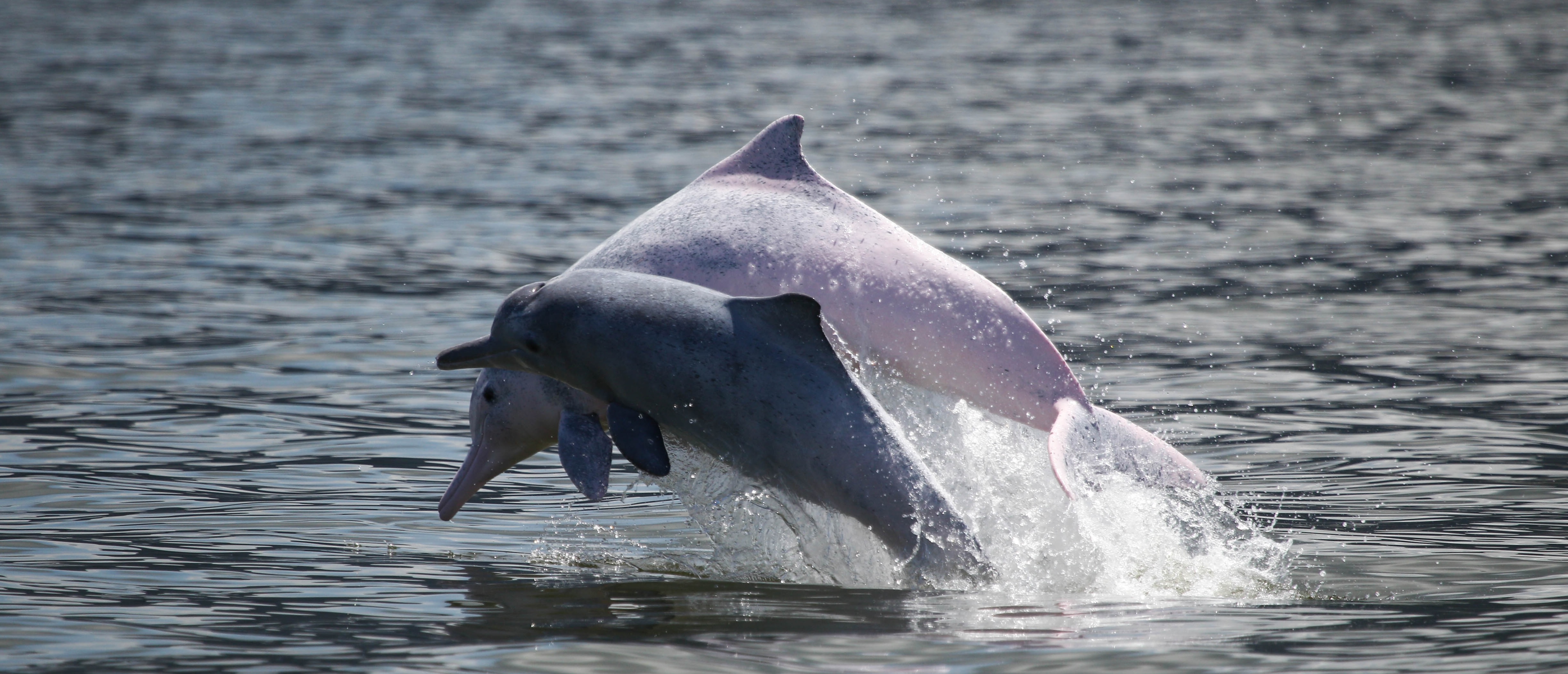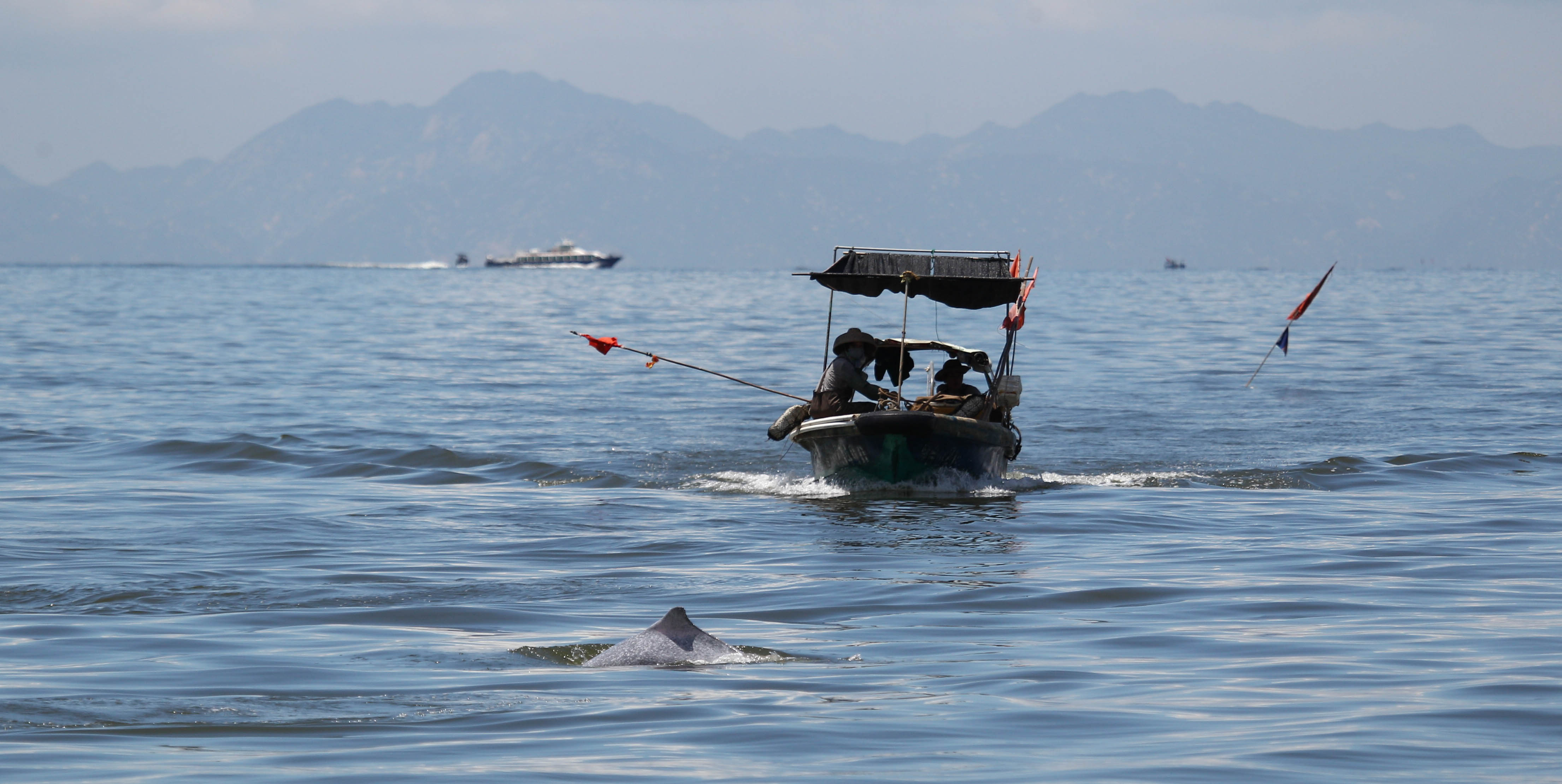BIO
Derek is an marine mammal ecologist and conservation scientist whose multidisciplinary research integrates field observation, stable-isotope biogeochemistry, microplastic pollution assessment, and acoustic habitat mapping to study how environmental stressors shape coastal cetacean behavior, physiology, and population dynamics. His work on Indo-Pacific humpback dolphins uses stable-isotope ratios in dentine to reconstruct dietary shifts, alongside quantifying microplastic ingestion and mapping underwater soundscapes.
Currently, Derek investigates microplastic distributions and their microbial colonizers in riverine and marine systems, alongside deploying passive acoustic monitoring to track dolphin and porpoise activity. He applies machine-learning models for sound source classification and Bayesian hierarchical models to predict ecosystem responses to anthropogenic change, guiding evidence-based conservation strategies. His innovative methods, including robust field sampling and open-source data repositories, are published in journals like Nature Communications and Biological Conservation, informing marine protected area management in Hong Kong and beyond.
Research Topics

- Bayesian hierarchical analysis of ontogenetic dietary shifts in Indo-Pacific humpback dolphins. Ecological and Evolutionary Physiology
- Reproductive dynamics of an inshore delphinid reflect demographic consequences of large-scale coastal constructions. Biological Conservation
- Toxin effect on cetacean fibroblast cell
- Stable-isotope metrics to resolve diet composition and resource partitioning among dolphin subpopulations
- Necropsy and post-mortem analyses of strandings to identify spatial–temporal patterns, hotspots, and conservation implications

- Passive acoustic monitoring and nocturnal line-transect surveys for dolphin and porpoise detection and localization
- Fine-scale spatial variability of marine soundscape corresponds with habitat utilization of Indo-Pacific humpback dolphins in Hong Kong waters
- Assessment of anthropogenic noise impacts and development of mitigation strategies
- Machine-learning models for automated classification of sound sources
Microplastic Distribution & Risk Assessments

- High-throughput quantification of microplastics in freshwater and marine systems using advanced spectroscopy
- Ecological risk assessment of microplastic loads
Characterization of microplastic- and natural particle-associated microbiomes versus free-living microbial communities
Studied animals and environemnts include:
Other microplastic related projects:

















